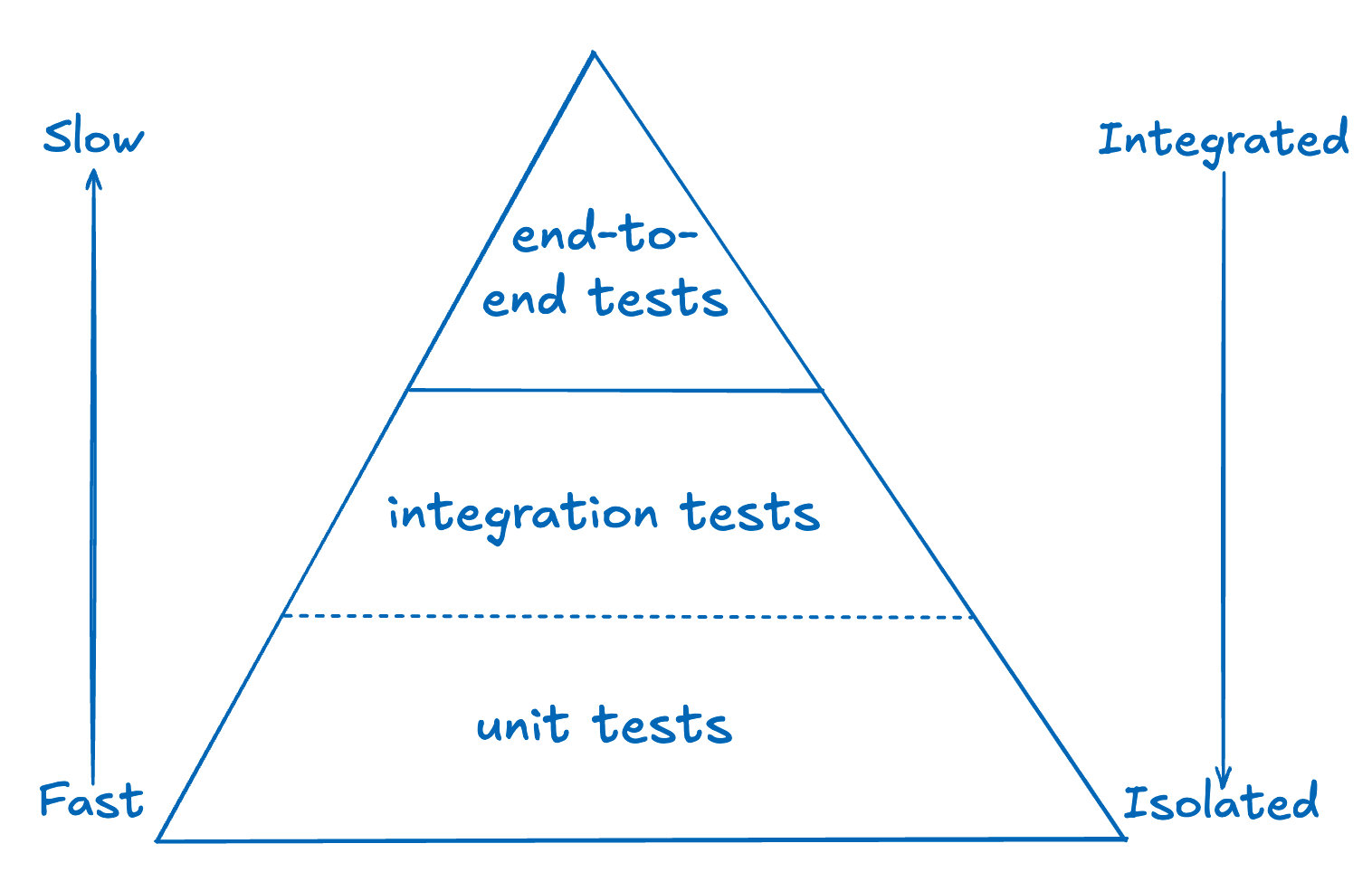Understanding the Software Development Life Cycle (SDLC)
The Software Development Life Cycle (SDLC) is a structured process that guides the creation, deployment, and maintenance of software systems. It provides a framework for engineering teams to efficiently design, develop, test, and release high-quality software while minimizing risks and costs.
With fast-paced standards for development and operations; where Agile, DevOps, and continuous delivery dominate—understanding SDLC remains crucial. However, traditional models are evolving, and testing strategies (like the Testing Pyramid) are being re-evaluated.
Phases of the SDLC
The SDLC typically consists of several key phases:
- Planning & Requirements Analysis
- Define project scope, objectives, and stakeholder needs.
- Gather functional and non-functional requirements.
- System Design
- Architectural decisions, tech stack selection, and system specifications.
- Design and documentation of requirements
- Divide the project up into tasks and sprints.
- Implementation (Coding)
- Development of features based on design specifications.
- Track individual tasks and sprints to see if development is on target for planned release date.
- Testing
- Ensures software meets requirements and is free of defects.
- Includes unit, integration, system, and acceptance testing.
- The Testing Pyramid (unit > integration > UI tests) has been debated—some argue it doesn’t fit modern microservices and fast deployments.
- Deployment
- Release to production, often via automated pipelines in DevOps environments.
- Maintenance & Operations
- Bug fixes, performance improvements, and feature updates.
- Monitoring and observability are critical in this phase.

The traditional testing pyramid, inspired by Martin Fowler’s version
The Changing Landscape of Testing in the SDLC
The traditional Testing Pyramid (favoring many unit tests over fewer UI tests) as a support of the SDLC is being questioned. Challenges include:
- Surprise Interactions: with so many microservices and third-party services, it’s very difficult to know from unit tests or even integration tests that the code written locally will perform correctly for users.
- Microservices & Distributed Systems: Integration and contract testing gain importance.
- Shift-Left Testing: Testing earlier in the cycle to catch defects sooner.
- Test Automation & AI: Tools like AI-driven test generation are changing how tests are written and maintained. Currently, there’s a great deal of conflict as AI tools struggle to make tests as useful as human writers.
As technologies evolve, it may be a better choice to use the same tests all the way from the development phase up to production monitoring.
Conclusion
The SDLC remains foundational for engineering teams, but its execution must adapt to modern practices. Testing strategies, in particular, must evolve with architectural shifts. By understanding SDLC principles and staying flexible in testing approaches, engineers can deliver robust, scalable software efficiently.